#animal love
Text

#New York memes#memes#tumblr memes#meme#shark lover#sharks#fish memes#animal memes#animal meme#animal humor#fish meme#dank memes#sharks are cool#sharks are friends#New York meme#new york#animal love#marine biology shitpost#shitpost#dank humor#ocean memes#funny but true#true memes#humour#best memes#humor#memesdaily#funny memes#meme humor#lol memes
2K notes
·
View notes
Photo

“Yes, I came back. I always come back.”
Source: https://bit.ly/3DeRciU
370 notes
·
View notes
Photo
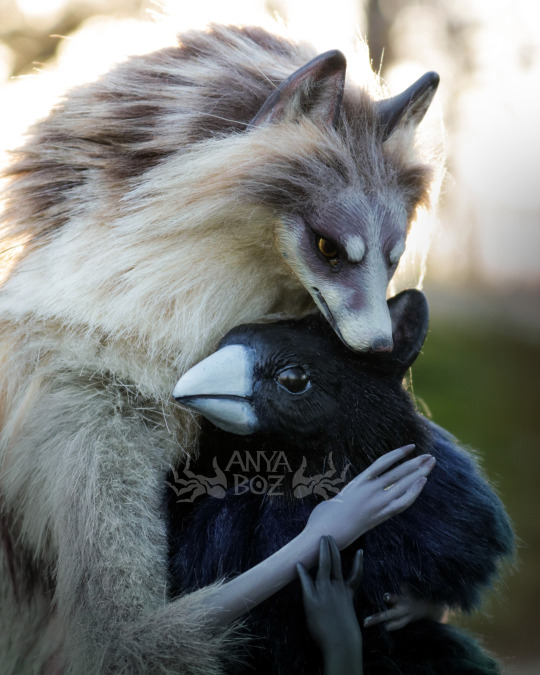
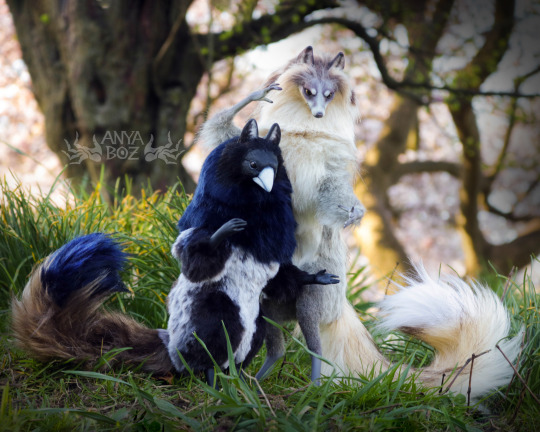


Heather Fox and Velvet Songwyn
Go live in my site shop at this Sunday April 16th at 1pm EDT. Link in bio
Listen, they insisted on intimate couples portraits, so I had no choice but to comply. A lot of my past room guardians had the same basic body shape. I wanted to really change it up to match each species. The foxes are long and lean and the songwyn are small and plump. I find the size difference between the two delightful.
See how these were made on my Patreon!
#room guardian#room guardians#art doll#art dolls#ooak doll#fox#foxes#bird#birds#animal love#cute#woodland#animal#animals#ooak art doll#forest#natures#woodland creatures#creature design#songwyn#kita#rume
380 notes
·
View notes
Photo

Staying cool and hydrated
#dogmeme#funny#doglover#poop4u#cute dog#my doggo#dogphotography#d#dog#dogs#pup#puppy#pet#pets#animal#pet love#animal love#love#awe#meme#memes#lol#lmao#cats and dogs#dogtraining#dogsitting#doggys#Beautiful dogs#dogs of tumblr#doggo.tube
1K notes
·
View notes
Text
🦥💖🦥
#animal love#precious beings#compassion#love#intelligence#mother nature#beautiful#precious#saving lives#all lives matter#animals and humans are precious#better world for all human and animal lives#respect life#protect life#save a life#give a life#love wins
47 notes
·
View notes
Text

#bunnies#cuddling & snuggling#cuddles#animals#animal love#wildlife#pets#rabbit#blackannewhitee#my photgraphy#photography
46 notes
·
View notes
Photo



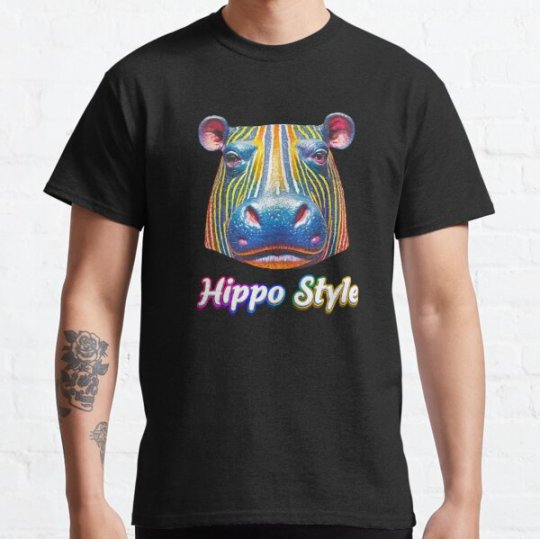






("Colorful Hippo Art, Vibrant and Unique" Classic T-Shirt for Sale by Dunya Baris Cetin gönderdi)
#findyourthing#redbubble#hippo#hippi#hippistyle#hippopotamus#animal#animal love#animal lover#watercolor#oil pant#pastel#pastel color#pastel colors#wild#wild life#art#pop art#punk#funk
19 notes
·
View notes
Text
Hachiko: The world's most loyal dog turns 100
2 July 2023

The Chinese tagline on the movie poster says it all: "I will wait for you, no matter how long it takes."
It tells the true story of Hachiko, the faithful dog that continued to wait for its master at a train station in Japan long after his death.
The cream white Akita Inu, born 100 years ago, has been memorialised in everything from books to movies to the cult science fiction sitcom Futurama.
And the Chinese iteration - the third after a Japanese version in 1987, and the Richard Gere-starrer in 2009 - is a hit at the box office.
There have been tales of other devoted hounds such as Greyfriars Bobby, but none with the global impact of Hachiko.
A bronze statue of him has stood outside Shibuya Station in Tokyo, where he waited in vain for a decade, since 1948.
The statue was first erected in 1934 before being recycled for the war effort during World War Two.
Japanese schoolchildren are taught the story of Chuken Hachiko - or loyal dog Hachiko - as an example of devotion and fidelity.
''Hachiko represents the ideal Japanese citizen with his unquestioning devotion," says Professor Christine Yano of the University of Hawaii - "loyal, reliable, obedient to a master, understanding, without relying upon rationality, their place in the larger scheme of things."
The story of Hachiko
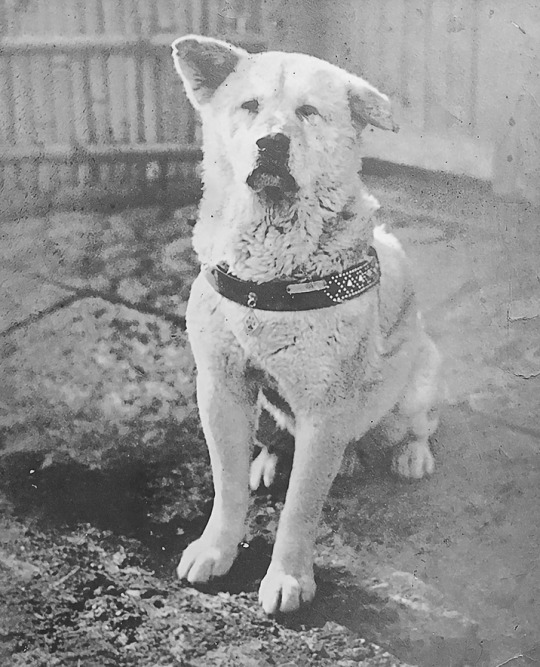
Hachiko was born on 10 November 1923 in the city of Odate in Akita prefecture, the original home of Akitas.
A large-sized Japanese dog, the Akita is one of the country's oldest and most popular breeds.
Designated by the Japanese government as a national icon in 1931, they were once trained to hunt animals like wild boar and elk.
"Akita dogs are calm, sincere, intelligent, and brave [and] obedient to their masters," said Eietsu Sakuraba, author of an English language children's book about Hachiko.
"On the other hand, it also has a stubborn personality and is wary of anyone other than its master."
The year Hachiko was born, Hidesaburo Ueno, a renowned agricultural professor and a dog lover, asked a student to find him an Akita puppy.

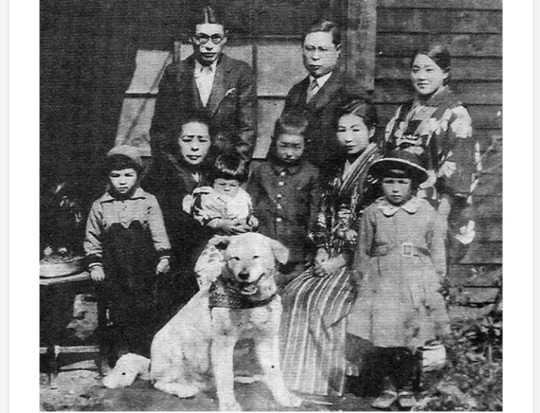
After a gruelling train journey, the puppy arrived at the Ueno residence in Shibuya district on 15 January 1924, where it was initially thought dead.
According to Hachiko's biographer, Prof Mayumi Itoh, Ueno and his wife Yae nursed him back to health over the next six months.
Ueno named him Hachi, or eight in Japanese. Ko is an honorific bestowed by Ueno's students.
The long wait

Ueno took a train to work several times a week. He was accompanied to Shibuya station by his three dogs, including Hachiko. The trio would then wait there for his return in the evening.
On 21 May 1925, Ueno, then 53, died of a cerebral hemorrhage. Hachiko had been with him for just 16 months.
"While people were attending the wake, Hachi smelled Dr Ueno from the house and went inside the living room. He crawled under the coffin and refused to move," writes Prof Itoh.
Hachiko spent the next few months with different families outside Shibuya but eventually, in the summer of 1925, he ended up with Ueno's gardener Kikusaburo Kobayashi.
Having returned to the area where his late master lived, Hachiko soon resumed his daily commute to the station, rain or shine.
"In the evening, Hachi stood on four legs at the ticket gate and looked at each passenger as if he were looking for someone," writes Prof Itoh.
Station employees initially saw him as a nuisance. Yakitori vendors would pour water on him and little boys bullied and hit him.
However, he gained nationwide fame after Japanese daily Tokyo Asahi Shimbun wrote about him in October 1932.
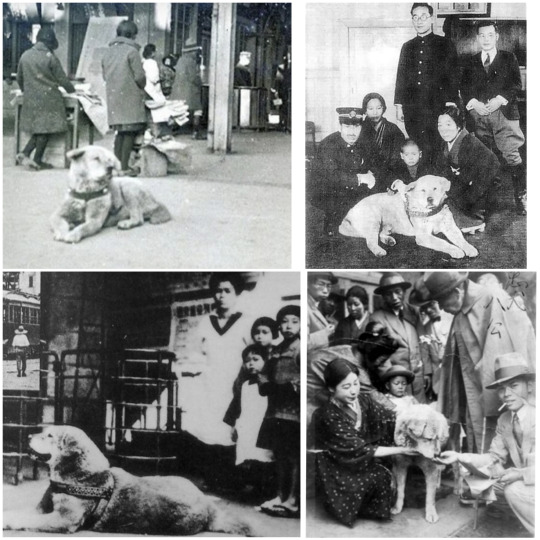
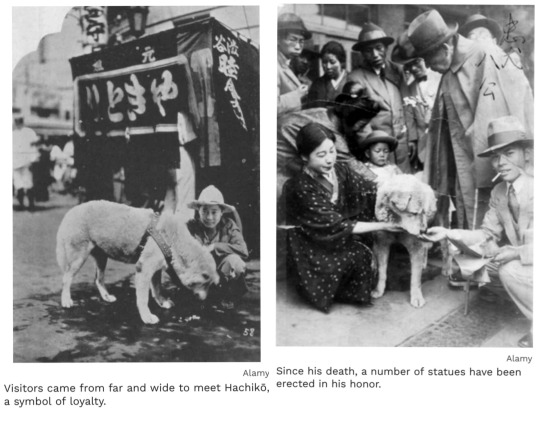
The station received donations of food for Hachiko each day, while visitors came from far and wide to see him.
Poems and haikus were written about him. A fundraising event in 1934 to make a statue of him reportedly drew a crowd of 3,000.
Hachiko's eventual death on 8 March 1935 at the age of 11 made the front page of many newspapers. He was found on a street in Shibuya.
In March 2011, scientists finally settled the cause of death of Hachikō: the dog had both terminal cancer and a filaria infection.
There were also four yakitori skewers in Hachikō's stomach, but the skewers did not damage his stomach nor cause his death.

At his funeral, Buddhist monks offered prayers for him and dignitaries read eulogies. Thousands visited his statue in the following days.
In impoverished post-war Japan, a fundraising drive for a new statue of Hachiko even managed to raise 800,000 yen, an enormous sum at the time, worth about 4bn yen (£22m; $28m) today.
"In retrospect, I feel that he knew that Dr Ueno would not come back, but he kept waiting - Hachiko taught us the value of keeping faith in someone," wrote Takeshi Okamoto in a newspaper article in 1982.
As a high school student, he had seen Hachiko at the station daily.
Remembering Hachiko
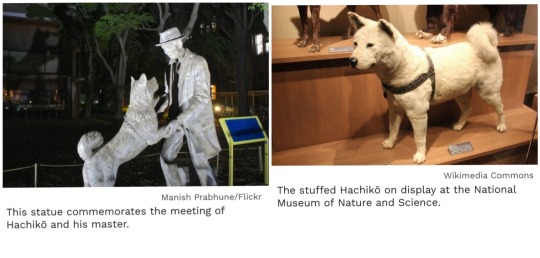
Every year on 8 April, a memorial service for Hachiko is held outside Shibuya Station.
His statue is often decorated with scarves, Santa hats and, most recently, a surgical mask.
His mount is on display at the National Museum of Nature and Science in Tokyo.
Some of his remains are interred at the Aoyama Cemetery, alongside Ueno and Yae.
Statues of him have also been cast in Odate, Ueno's hometown Hisai, the University of Tokyo and Rhode Island, the American setting for the 2009 movie.
Odate also has a series of events lined up this year for his 100th birthday.
Will the world's most loyal dog still be celebrated a century from now? Prof Yano says yes because she believes the "heroism of Hachiko" is not defined by any particular period - rather it is timeless.
Mr Sakuraba is equally optimistic.
"Even 100 years from now, this unconditional, devoted love will remain unchanged, and the story of Hachiko will live on forever."

🤍🐕🤍
#Hachiko#Akita Inu#Greyfriars Bobby#Shibuya Station#Tokyo#Japan#Chuken Hachiko#loyal dog Hachiko#dogs#animals#animal love#Akita prefecture#Odate#Hidesaburo Ueno#Tokyo Asahi Shimbun#Prof Mayumi Itoh#Kikusaburo Kobayashi#Takeshi Okamoto#April 8#National Museum of Nature and Science#Aoyama Cemetery#Akita#Hachiko @100#loyal dog
39 notes
·
View notes
Text
Animal love

Animals have the ability to experience emotions, including love, which is a subject of ongoing research and debate among scientists and animal behavior experts. Some species exhibit behaviors that suggest they form strong emotional bonds with others, which could be interpreted as a form of love. Animals may express affection and bond with others through various behaviors, such as grooming, cuddling, playing, sharing resources, and engaging in cooperative activities. Wolves, highly social animals, form strong familial bonds within their packs and exhibit affection through behaviors such as nuzzling, grooming, and playing with pack members. They also demonstrate loyalty and care for one another, particularly within family units. Bonobos, closely related to chimpanzees, have complex social structures and high levels of social bonding. They express affection through grooming, hugging, and engaging in sexual activities for both reproduction and social bonding purposes. They also demonstrate empathy and altruism towards others, which are commonly associated with love and compassion. These examples demonstrate that while animals may not experience love in the same way humans do, they do form deep emotional connections and exhibit behaviors that suggest they are capable of experiencing affection and forming strong social bonds with others in their species.
7 notes
·
View notes
Text

Here’s my personal recommendation of a YouTube video to check out:
youtube
#isopods#isoposting#animal lover#animal love#bugs#bugblr#animal videos#animal#cute animals#animals#animalblr#bug video#crustaceans#mukbang#amazing animals#incredible animals#spaghetti#tumblr recommendations#recommend#recommendation#youtube#youtube content#youtube recommendations#youtube video#video recommendation#youtube link#video link#bug posts#animal posting#animal humor
28 notes
·
View notes
Text

SPECTACULAR tiger ♥ Paul Fine
#gods creatures#god's creatures#nature#cat#big cat#tiger#caturday#Paul Fine Photography#Paul Fine#animal love#animals#cats
5 notes
·
View notes
Text
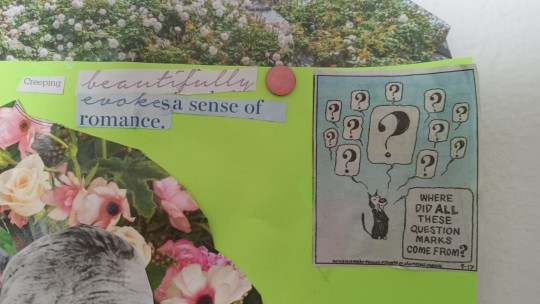
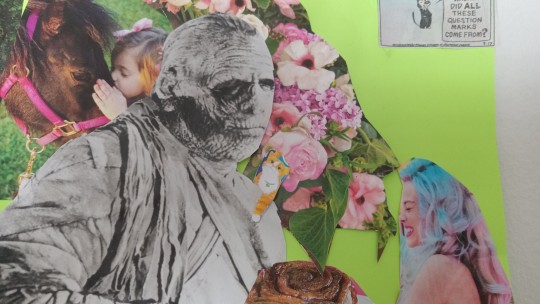
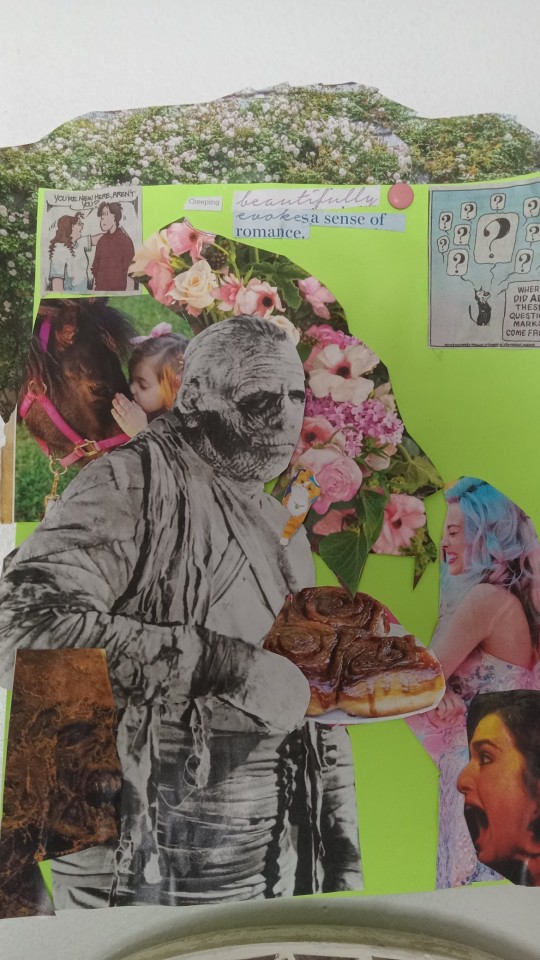

My Stupid Vision Board
5 notes
·
View notes
Photo

they're so cute aww
#dogmeme#funny#doglover#poop4u#cute dog#my doggo#dogphotography#d#dog#dogs#pup#puppy#pet#pets#animal#pet love#animal love#love#awe#meme#memes#lol#lmao#cats and dogs#dogtraining#dogsitting#doggys#Beautiful dogs#dogs of tumblr#doggo.tube
605 notes
·
View notes
Text



On 15th July 1914 Gavin Maxwell, the Scottish novelist and naturalist, was born at Elrig, Dumfries and Galloway.
Gavin Maxwell was educated at Stowe School and the University of Oxford, then became a freelance journalist, though ornithology remained his special interest. He served with the Scots Guard in World War II.
In 1945 he bought the island of Soay and described in Harpoon at a Venture he had an unsuccessful attempt to establish a shark fishery there.
Two of his most popular books were the best-selling Ring of Bright Water and the sequel The Rocks Remain about his life with two pet otters in his seaboard cottage in the west Highlands
Maxwell’s prolonged stay in Sicily resulted in two books, God Protect Me from My Friends , about the bandit Salvatore Giuliano, and The Pains of Death, on the poverty-stricken lives of the islanders. A Reed Shaken by the Wind is an account of his travels among the marsh dwellers of southern Iraq.
I return to Ring of Brightwater as this is no doubt the book, and film that you will most remember Gavin Maxwell for, a stone plaque there now marks the grave of Edal, the otter who died in the fire that also destroyed Maxwell's house. Cut into the stone is one of his most-quoted edicts: "Whatever joy she gave to you, give back to Nature."
The pics are of Maxwell and one of the otters, third pic is the plaque at Glenelg, and finally a statue in honour of Maxwell and his otters at Monreith, Dumfries & Galloway.
19 notes
·
View notes
Text
🐕🧡🐕
18 notes
·
View notes
Text

Have a big weekend planned in Siberia
5 notes
·
View notes